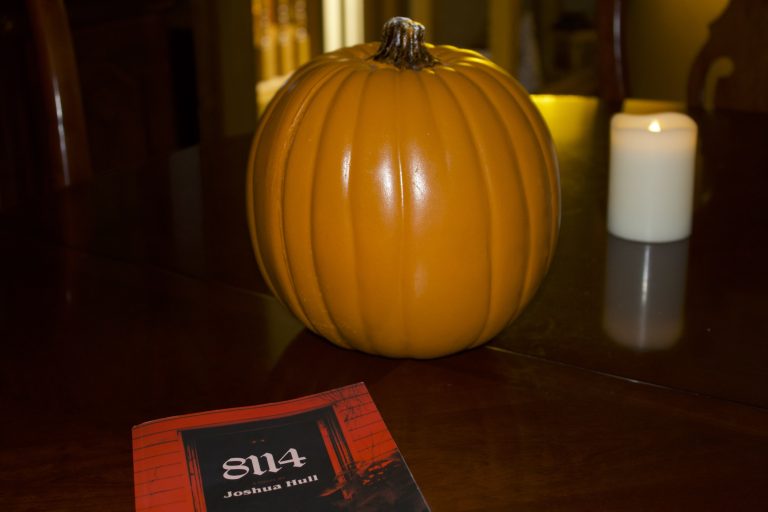
The Indiana senate race concluded with Todd Young (Republican) 10 points ahead of Evan Bayh (Democrat). Although Bayh started out with a lead in the polls, his numbers declined until he and Young were close in the polls. According to Assistant Professor of Political Science Laura Albright, because of this, Young’s win was not surprising.
“He [Bayh] was very popular at that point [after the Republican National Convention], but his popularity continually declined,” Albright said. “It was always going downhill from there. The campaign had a lot of issues in terms of a condo that he owns but probably does not live at in the state of Indiana. They never addressed that well. They also had the problem that he left Congress to become a lobbyist…. So a lot of holes, popularity consistently went down, and … Todd Young was going up at the same time.”
Albright said that it was only a matter of time before their numbers intersected. She said pollsters thought it was going to be a competitive race, and had the election taken place in October, Bayh would have had a greater chance. Young takes office on Jan. 20, 2017 and takes over for incumbent Dan Coats (Republican) who has held the position since 2011.
“I imagine he [Young] would want to follow Coats’ legacy, in terms of things he’s done,” Albright said.
Albright said Young emphasized overturning the Affordable Care Act and supported Second Amendment gun rights, two things that resonated with Indiana voters. She said Hoosiers will probably have to wait and see, because Young did not go into much depth about policy.
“He consistently referred to conservatism without getting to [the] policy specifics,” Albright said.
With Young holding Coats’ seat, Indiana continues to have both a Republican and a Democratic senator. All of the U.S. House of Representative seats for Indiana were open this year, and Republicans still hold seven of the nine seats.
Other statewide Indiana races were the race for the attorney general and the superintendent of public instruction. Both offices directly serve Indiana at a state level.
Curtis Hill (Republican) beat Lorenzo Arredondo (Democrat) by 24 points for the position of attorney general. Albright said that the race for attorney general was straightforward, and the outcome was not surprising.
As for the superintendent of public instruction, Jennifer McCormick (Republican) beat the incumbent Glenda Ritz (Democrat). Ritz was the only Democrat at the executive level in Indiana and had had past conflicts with Governor Mike Pence (Republican) in the past. According to Albright, Pence and other Republicans at the executive level had wanted to remove the power of the superintendent of public instruction and make it an appointed position. Albright said this was an interesting race to watch because of the fact that Ritz was an incumbent and they are usually reelected.
The Indiana General Assembly, Indiana’s legislative branch, consists of a House of Representatives and a Senate, both of which continue to be controlled by the Republicans’ after this election. According to ballotpedia.org, Republicans control 41 of the 50 Senate seats, gaining one seat in the election, and 70 of the 100 House seats, losing one seat in the election.
Albright said Republicans at the state level probably benefited from straight-ticket voting, or voting for all candidates from the same party Republicans. Albright said it can be difficult for state and local candidates during a presidential election year because they are affected by the presidential candidate from their party.
“If you’re a good candidate from the opposite party … you’re unfairly disadvantaged and unfairly punished. Likewise if you’re a candidate from the same political party, it can help you. I think there was an incredible amount of straight-ticket voting, which is fascinating, because we’re not a state that typically does that. But it’s clear, based on the way the electoral outcomes came in, a lot of Republicans not only won, but they won handily. So that tells you a lot about the party infrastructure, the party unity and how well the message obviously resonated with Hoosier voters.”







